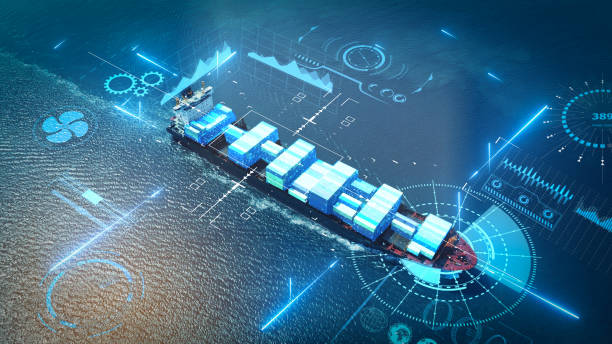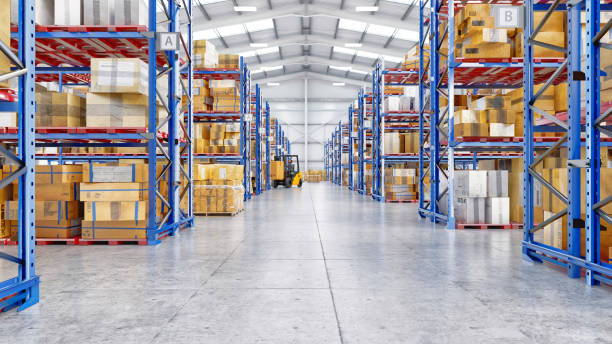At the heart of modern commerce, speed is no longer a luxury — it’s a necessity. Whether delivering electronics from Shenzhen to San Diego or fulfilling an eCommerce order across state lines, businesses now face a shared challenge: how to move goods faster without compromising accuracy or increasing costs. The answer, for many, lies in the quiet powerhouse behind every efficient supply chain — warehousing and logistics services.

Let’s take a step back. Imagine a product ordered online — a smartwatch, for example. The buyer expects it in two days. That journey, from the moment they click “buy” to the final delivery, involves a complex choreography: where the product is stored, how fast it gets picked and packed, how it moves across cities or continents. None of this happens without an optimized logistics framework. And this is where transportation and logistics services connect the dots. A strategically located warehouse can shave days off delivery timelines. Stocking goods closer to target markets allows businesses to respond to demand without delay. This advantage becomes even more critical when scaling to international logistics services, where customs clearance, documentation, and long-haul freight can stretch delivery windows. With a smart logistics partner managing both warehousing and cross-border transport, those windows shrink — and customer satisfaction rises.

Speed isn’t only about physical movement. Today’s leading global logistics services providers leverage real-time data, integrated platforms, and predictive analytics to ensure that goods are not just moved quickly — but intelligently. They anticipate bottlenecks, adapt to disruptions, and reroute shipments if necessary. In warehousing, automation and inventory visibility prevent backlogs, helping businesses fulfill orders the same day they’re placed.

This agility also benefits business growth. As product lines expand or new markets open, having flexible warehousing and logistics services means companies don’t have to build new infrastructure from scratch. They can plug into a system already optimized for movement — a scalable network that supports faster market entry and accelerated delivery timelines.
It’s worth noting that not all logistics solutions are created equal. Some providers offer only basic freight forwarding, leaving gaps between inventory storage and final-mile delivery. Others offer fully integrated transportation and logistics services, handling warehousing, consolidation, shipping, and customs in one continuous flow. This seamless integration is what sets apart premium international logistics services from standard ones — and what ultimately shortens delivery cycles.

In today’s business landscape, time is value. And for businesses seeking to stay ahead in a competitive market, aligning with a logistics partner who understands the importance of speed — without compromising control or cost — is no longer optional. It’s essential.
So, are warehousing and logistics services the key to faster delivery?
Absolutely. And in many cases, they’re also the key to customer loyalty, brand reputation, and long-term scalability.




















